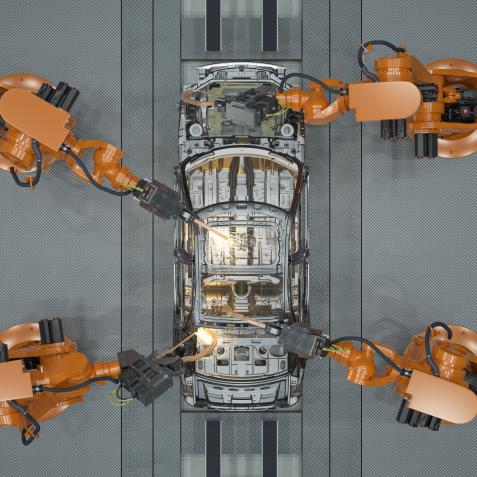
Christian Aslund / EyeEm
Could Growing Wood be Quicker and Greener Than Cutting Down Forests?
Wood is one of mankind’s most precious resources, but deforestation from logging and agricultural clearance has caused real harm to the environment.
Science appears to have found an alternative to chopping down trees: wood grown in the laboratory. Industrial-scale cell-cultured wood could offer a way to grow what we need without losing our forests.
Historically, lumber has advanced mankind’s development through its use in building houses, making tools, furniture, and the ships that opened up sea routes for exploration and trade. Now, researchers at MIT have found a way to grow wood without sunlight or soil in petri dishes, in a similar way to cell-cultured meat, which could create wood products while reducing greenhouse gas emissions.
Lab-grown wood has the potential to revolutionize furniture-making by using techniques like 3D bioprinting to create printed or molded parts. Growing a square board or even a tabletop with legs cuts out the entire process of cultivating trees, chopping them down, cutting planks and transporting between the forest, sawmill, and furniture factory.
Relying on forested trees for lumber is a long, wasteful, and labor-intensive process. As little as two to four per cent of the harvested plant is eventually used in the production of some natural fibers. “Trees grow in tall cylindrical poles, and we rarely use tall cylindrical poles in industrial applications,” said co-author of MIT’s paper on cell-cultured wood, Ashley Beckwith. “So you end up shaving off a bunch of material that you spent 20 years growing and that ends up being a waste product.”

Images from BarbAnna
Zinnia flower
In the lab, live cells are extracted from a zinnia plant–a daisy-like flower, native to Mexico–and cultured to produce lignin, a major chemical component of wood. Further, fine-tuning the types of plant tissues created and mass-producing them could reduce the need for logging, along with its associated waste and loss of habitat.
Industrial lumber production creates carbon emissions as roads are built into forests, trees are felled and transported to the sawmill. More emissions are created when they are sawed up into planks and transported to factories to be turned into wood products. Additional wood waste, such as leaves, branches, wood chips, and off-cuts mean that much of the tree goes unused.

Zia Soleil
Culturing wood in the laboratory is still at an early proof stage, but Beckwith revealed that growing pieces to the size of a coffee table might take only a few months–compared to a tree that might take two decades to reach maturity.
Meanwhile, logging and land clearance for agriculture are responsible for the destruction of large tracts of the world’s rainforest–around 15 billion trees are felled each year. Responsible forest management can be productive and protect wildlife habitat, but illegal logging, slash-and-burn operations, and clearcutting–felling all trees in a region–for profit, can devastate wildlife, rare plant species, and woodland habitat.

Frank Günther
The world has lost a third of its forest cover in the past 10,000 years — roughly equivalent to an area twice the size of the United States, and half of that loss occurred in the past 120 years. If lab-grown wood can tackle environmental destruction and climate change in the same way that experts think cell-cultured meat will, then it is worth pursuing.
Alternatives to harvested wood for furniture production, like this and fungal mycelium could preserve forests. Woodland and rainforest would then be able to return to a natural carbon cycle and their essential role as home for 70 percent of plant and animal species can continue.


















